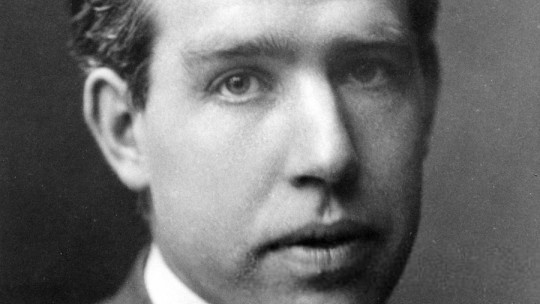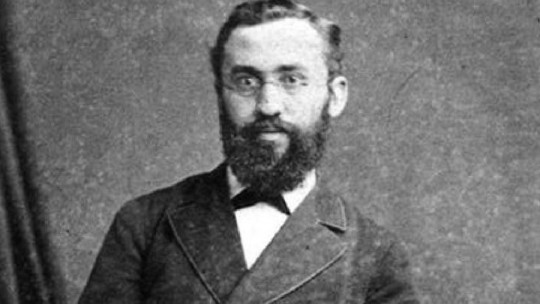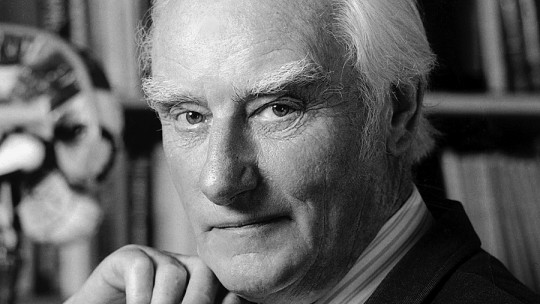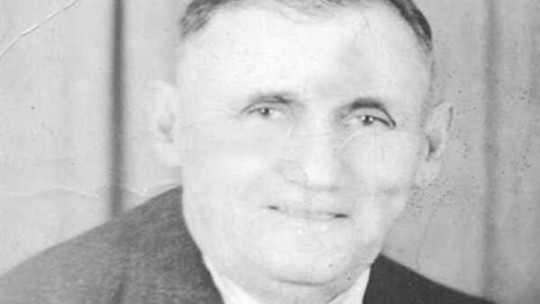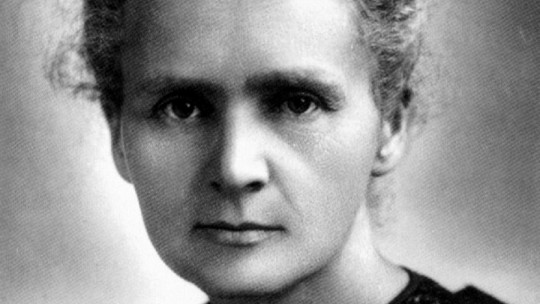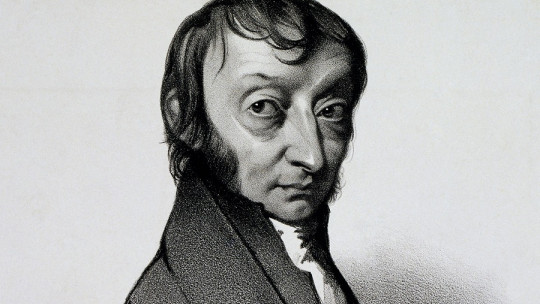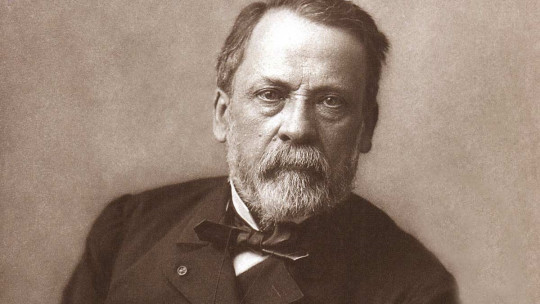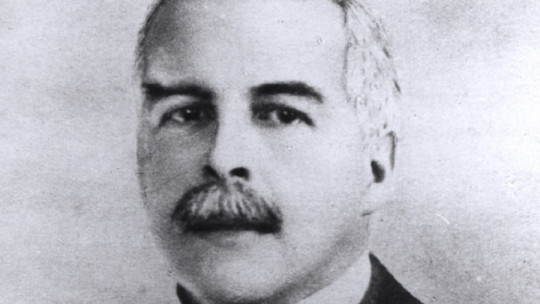Ernest Rutherford is one of the most recognized researchers in the field of physics, given that his discoveries in this field were multiple.
He was especially interested in the experimental field, that is, in the practical verification of his beliefs, to later establish theories. His main contributions were the discovery of alpha, beta and gamma radioactive particles; the change in nature of the radioactive element when it decays; and the proposal of a new structure of the atom, made up of a nucleus.
In this biography of Ernest Rutherford we will review the most relevant events in the life of this researcher and the most relevant contributions he made to science.
Brief biography of Ernest Rutherford
Ernest Rutherford was born on August 30, 1871 in Brightwater, New Zealand He was the son of James Rutherford who was a farmer and Martha Thompson who was a teacher. His parents always wanted to give a good education to his numerous children, there were twelve of them, Ernest being the fourth.
Youth and early years of training
From a very young age, his high abilities and arithmetic skills stood out , being a quite curious child. In this way he was able to enter Nelson Collage, where, in addition to his academic skills, he was also able to develop his physical abilities as a rugby player.
After studying for three years at Nelson College he entered Canterbury College of higher education, where he continued playing rugby and was able to attend scientific clubs.
During his stay at the University, his high skills in the field of scientific experimentation began to be seen, which, together with his always impeccable academic results, allowed him to continue with his training and research at the University of New Zealand for a period. of five years.
Given his good grades, after graduating He was fortunate to receive New Zealand’s only scholarship to study mathematics, and was named Master of Arts for his good grades and participate in research in the field of mathematics and physics.
He later obtained a bachelor’s degree in science in 1894, and a year later he was able to continue his studies in Great Britain, neither more nor less than at the Cavendish Laboratory in Cambridge, under the direction of Joseph John Thompson, who was recognized in the field of science for being the one who discovered the electron.
On a personal level, more specifically on a sentimental level, Before traveling and settling in Great Britain, he was engaged to Mary Geordina Newton a young woman he had met during his stay at Chriscruchs.
Consolidation of your professional life in the scientific field
During the years he was at Cambridge He continued with the study of electromagnetic waves and how they could be received at great distances His career in the scientific field continued to advance, managing to present the results of his work before the Cambridge Physical Society and publishing these in the scientific journal Philosophical Transaction belonging to the Royal Society.
At the beginning of your stay too He began to investigate, together with his laboratory director, JJThompson, the effects produced by X-rays projected into a gas thus discovering that these rays could ionize the air, giving rise to a high number of charged particles, which could be both positive and negative, and when these recombined, they gave rise to neutral atoms.
Thus, he also devised a technique with the purpose of measuring the speed of ions and their recombination rate, a process contrary to ionization, where electrons join with positive ions.
Given the continuous research and discoveries he was making, his recognition in the scientific field increased. So that, In 1898 he was offered the possibility of working as a teacher at McGill University in Montreal, Canada , where he would remain until 1907. This new change allowed him to finally marry his fiancée Mary Newton in 1900 in New Zealand. In 1901 he welcomed his first and only daughter, named Eileen.
Research in the field of radioactivity
During his stay in Montreal he became interested in the study of radioactivity , since in 1896 the French physicist Henri Becquerel had discovered that uranium emitted radiation not observed until then. In this way, three years later in 1899, Rutherford studied how these uranium radiations could ionize the air, observing the way in which the radiation penetrated different metal sheets with which the radioactive element was wrapped.
In addition, was able to observe and name three different types of radiation emitted by uranium : the one that penetrated the most, called beta, and the one that penetrated the least, called alpha, and a third called gamma, which emits very energetic rays.
His research would now focus on the chemical element thorium, discovering that it also emits radiation and that this decreases exponentially after a while, allowing him to present a new concept in 1900: that of the period of radioactive elements
Given these new discoveries, in 1902, together with Frederick Soddy, Rutherford came to the conclusion that thorium ejects radioactive atoms and that this emission is related to a disintegration of the chemical element, thus formulating the theory of natural radioactivity, which explained the spontaneous transformation of elements
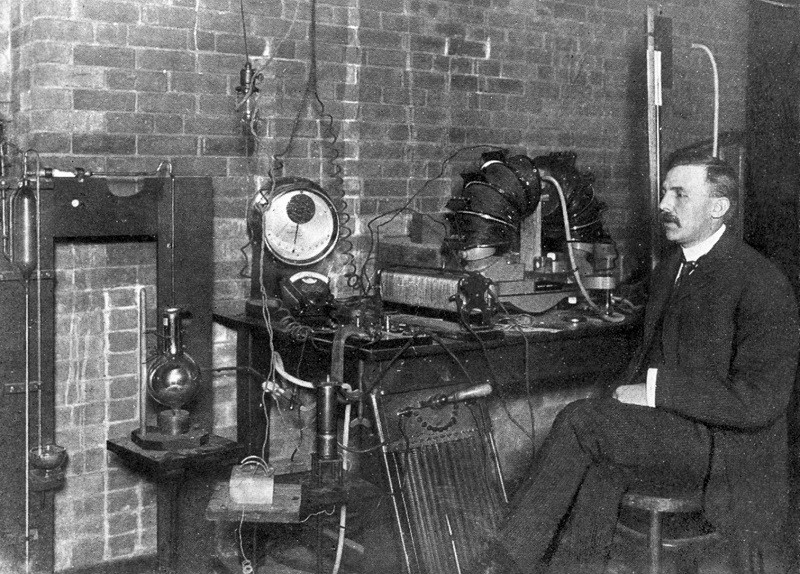
In 1904 the Royal Society awarded him the Rumford Medal, rewarding and recognizing the important discoveries that this scientist had achieved so far. In this same year published the book titled “Radioactivity” where, among other approaches, he demonstrated the non-certainty of the principle of unmodifiable matter since the radioactive elements, as they emitted radiation, were transformed into a new element with different chemical characteristics.
Rutherford believed that disintegrations occurred in the Earth’s core that would be responsible for keeping the planet’s temperature constant. In this way he would collaborate with Otto Hahn, who discovered the nuclear fission of uranium and thorium.
In 1907 he moved to Manchester, as he was admitted as a professor at the University of this city. This way He began to collaborate with Hans Geiger, and together they were able to detect alpha particles ejected by radioactive substances ; From this line of research they managed to estimate Avogadro’s number, which refers to the number of particles that make up a substance, in a more direct way.
It was a year later, in 1908, when he was able to confirm what he had previously assumed; that the alpha particles, already mentioned, when they release their charge, become helium atoms. This discovery meant that that same year he won the Nobel Prize in Chemistry.
One of his most important contributions to science was the formulation of a new atomic model in 1911, known as the Rutherford atomic model where he proposes the existence of a nucleus in atoms, which would be constituted by the positive charge and formed by almost all the mass, surrounded by a shell or shell of electrons, negatively charged.
Stage of the First World War
During the period of the First World War (1914 -1918) The physicist focused on helping detect submarines using sound waves After the war, in 1919, he continued with the study of alpha particles and atoms, in this case nitrogen, observing how nitrogen is transformed into oxygen by absorbing alpha particles, thus achieving the first artificial transmutation.
On his return to Cambridge in 1919 he took the position of director of the Cavendish Laboratory, replacing JJ Thomson It is in this period when his contributions and influences in the field of nuclear physics were greatest.
Among the renowned physicists who studied in the laboratory during Rutherford’s direction, it is worth highlighting James Chadwick, who discovered the existence of the neutron; Niels Bohr, who verified that the atomic model proposed by Rutherford was stable, and Robert Oppenheimer, considered the creator of the atomic bomb.
Last years of life
During his stay at the Cavendish Laboratory, considered the physicist’s most prosperous era, a golden era, he also obtained multiple recognitions.
For five years (1925-1930) he was president of the Royal Society a society where he had been a member since 1903 and was awarded the Franklin Medal in 1924 and the Faraday Medal in 1936. In addition, in 1931 he was named Baron Rutherford of Nelson, having already held the title of Sir since 1914. Although all these recognitions and joys They would be cut short by the death of their only daughter, Eileen, in 1930, at only 29 years old.
Also during this period with James Chadwick and Charles Drummond Ellis He published the book “Radiations of radioactive substances” in 1930, and seven years later he wrote the work “The New Alchemy.”
Ernest Rutherford died on October 19, 1937 after failing to fully recover and suddenly worsening from an operation he underwent. His remains were buried in Westminster Abbey, giving him a place of honor alongside Isaac Newton and William Thomson.


